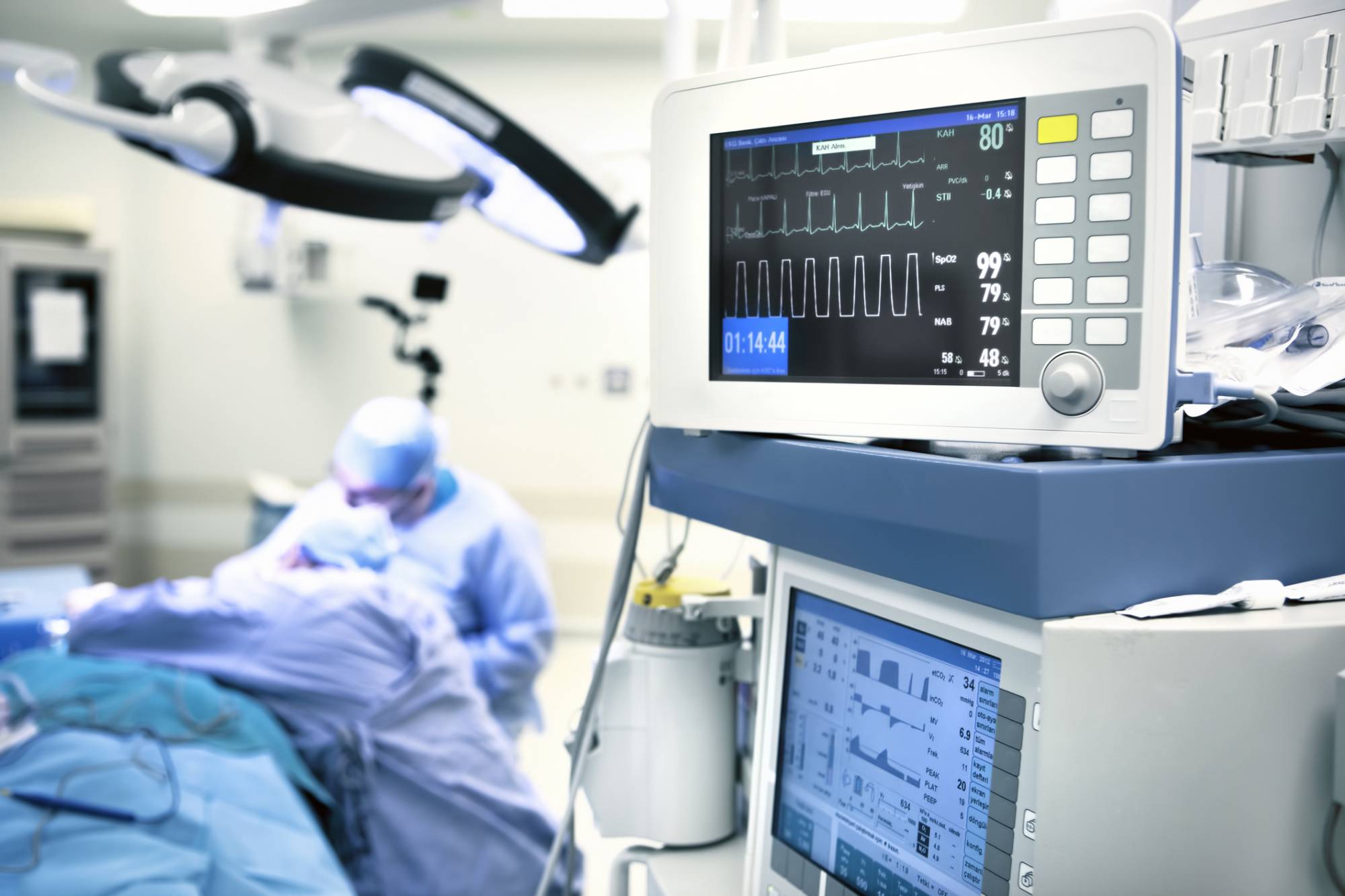Several vaccines for Covid-19 are currently in development and will likely be approved in the coming months. However, after a vaccine is developed, it must be quickly scaled up and deployed in order to be effective. Effective vaccine deployment will have wide coverage, a short release time and an efficient deployment method [1]. However, vaccines formulated during a pandemic can face constraints on the supply chain and limitations on delivery, both of which ultimately complicate deployment.
Deployment efforts begin before a pandemic occurs. An existing reserve of vaccine-related supplies and modern infrastructure are crucial to ensuring fast deployment during a pandemic. Robust seasonal vaccine capacity is a particularly successful way to ensure the supply chain can handle unexpected events. A study by Porter et al. in the wake of the 2009 H1N1 pandemic examined 97 countries that received vaccines from the WHO. Countries that submitted national deployment and vaccination plans received the vaccine before countries that did not submit these plans [2]. The authors found that countries were twice as likely to submit national deployment and vaccination plans if they already had a seasonal influenza vaccine program.
After a vaccine is developed, manufacturers will churn out millions of doses, which must be stored quickly and safely to ensure smooth deployment. In an assessment of the U.S.’s vaccine distribution infrastructure, Jacobson et al. noted that computer models can help vaccine producers estimate the amount of storage needed and the optimal locations for storage facilities. The study’s authors suggest dispersing production and storage facilities, as well as working with humanitarian aid organizations to determine where vaccines should be sent and stored. The study also notes that successful vaccine deployment depends on having an adequate stockpile of relevant delivery methods, which can be prepared in the ramp-up period [3].
Unlike seasonal vaccines, pandemic vaccines must be quickly rolled out to a large swath of the population. As a result, it’s essential to establish protocols for allocating vaccines and to determine which groups should be targeted. The problem of allocating vaccines has both a strategic and a moral component. The CDC has established guidelines for allocation, including a five-tier system for prioritizing vaccines and identifying target groups. The tiers prioritize healthcare and national security and suggest that initial rounds of vaccination should target disadvantaged populations like pregnant women and the elderly and disabled [4]. A recent philosophical study in Science proposes a Fair Priority Model, which uses overall benefit, priority for the disadvantaged and equal moral concern as its grounding principles. The model prioritizes avoiding premature death by instituting Standard Expected Years of Life Lost (SEYLL) as a formula for determining which groups receive a vaccine first [5].
Hessel warns of potential security risks while deploying a vaccine during a pandemic. Most notably, governments should be prepared for an influx of counterfeit vaccines and should have a plan to remove these from market quickly [6]. A recent study by Henson et al. examined a 2018 case where a hospital in the Philippines saw its supply of rabies vaccines infiltrated by counterfeits. After testing the existing stockpile to determine which batches were counterfeit, the hospital determined that 1,711 patients received the counterfeit vaccine. Of the 1,397 patients they were able to contact, 734 patients were given another vaccine [7]. The gap between the number of patients vaccinated in the second round and those given a counterfeit illustrates the importance of quickly removing counterfeit vaccines from circulation, ideally before they come into contact with patients. As with many of the strategies related to vaccine deployment, early identification and preparedness is crucial in ensuring a smooth and unencumbered roll out.
References
[1] Liu, Jiming, and Shang Xia. “Toward Effective Vaccine Deployment: A Systematic Study.” Journal of Medical Systems, vol. 35, no. 5, 2011, pp. 1153–1164., doi:10.1007/s10916-011-9734-x.
[2] Porter, Rachael M., et al. “Does Having a Seasonal Influenza Program Facilitate Pandemic Preparedness? An Analysis of Vaccine Deployment during the 2009 Pandemic.” Vaccine, vol. 38, no. 5, 2020, pp. 1152–1159., doi:10.1016/j.vaccine.2019.11.025.
[3] Jacobson, Sheldon H., et al. “Survey of Vaccine Distribution and Delivery Issues in the USA: from Pediatrics to Pandemics.” Expert Review of Vaccines, vol. 6, no. 6, 2007, pp. 981–990., doi:10.1586/14760584.6.6.981.
[4] “Allocating and Targeting Pandemic Influenza Vaccine During an Influenza Pandemic.” Pandemic Vaccine Targeting Guidance, Centers for Disease Control, 2 June 2020, www.cdc.gov/flu/pandemic-resources/pdf/2018-Influenza-Guidance.pdf.
[5] Emanuel, Ezekiel J., et al. “An Ethical Framework for Global Vaccine Allocation.” Science, vol. 369, no. 6509, 2020, pp. 1309–1312., doi:10.1126/science.abe2803.
[6] Hessel, Luc. “Pandemic Influenza Vaccines: Meeting the Supply, Distribution and Deployment Challenges.” Influenza and Other Respiratory Viruses, vol. 3, no. 4, 2009, pp. 165–170., doi:10.1111/j.1750-2659.2009.00085.x.
[7] Henson, Karl Evans R, et al. “Counterfeit Rabies Vaccines: The Philippine Experience.” Open Forum Infectious Diseases, vol. 7, no. 8, 2020, doi:10.1093/ofid/ofaa313.







